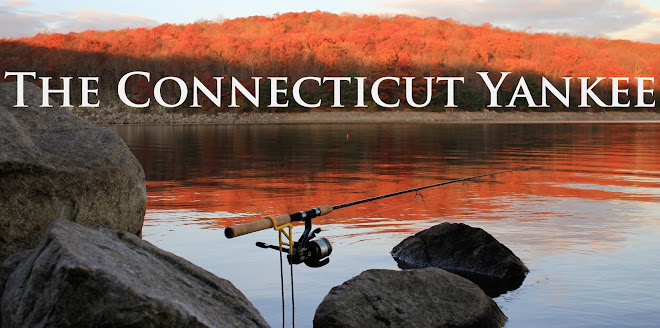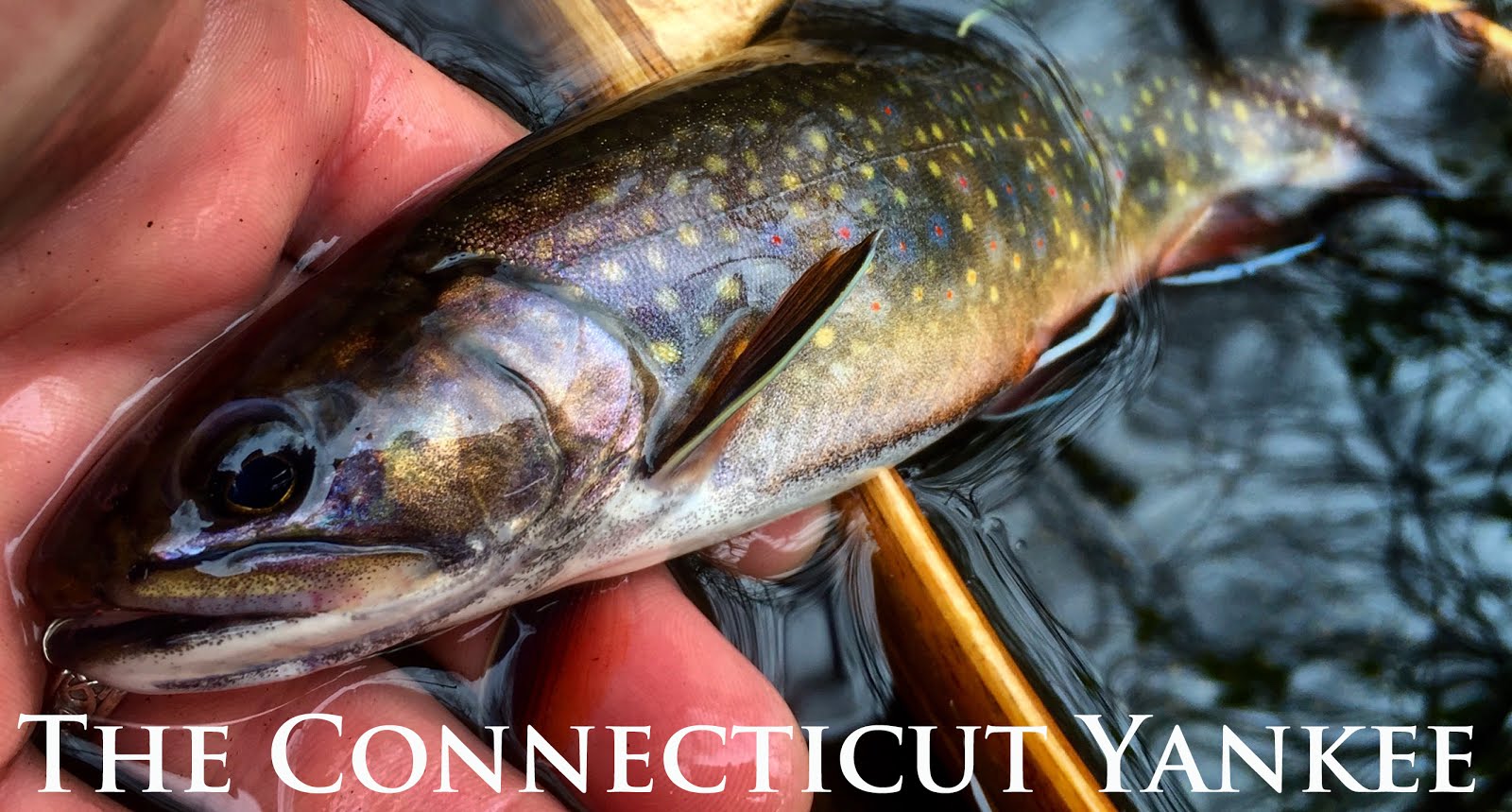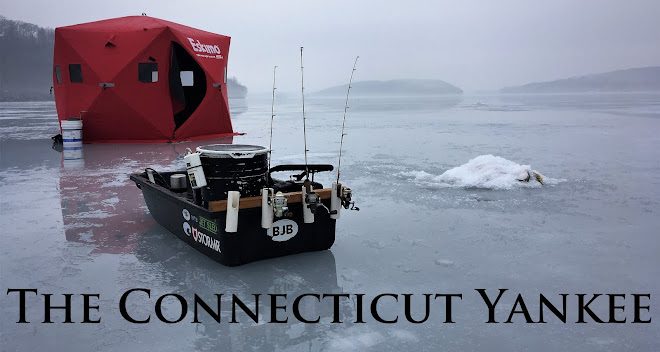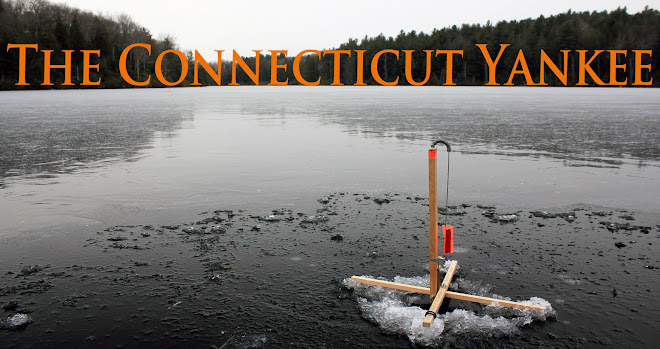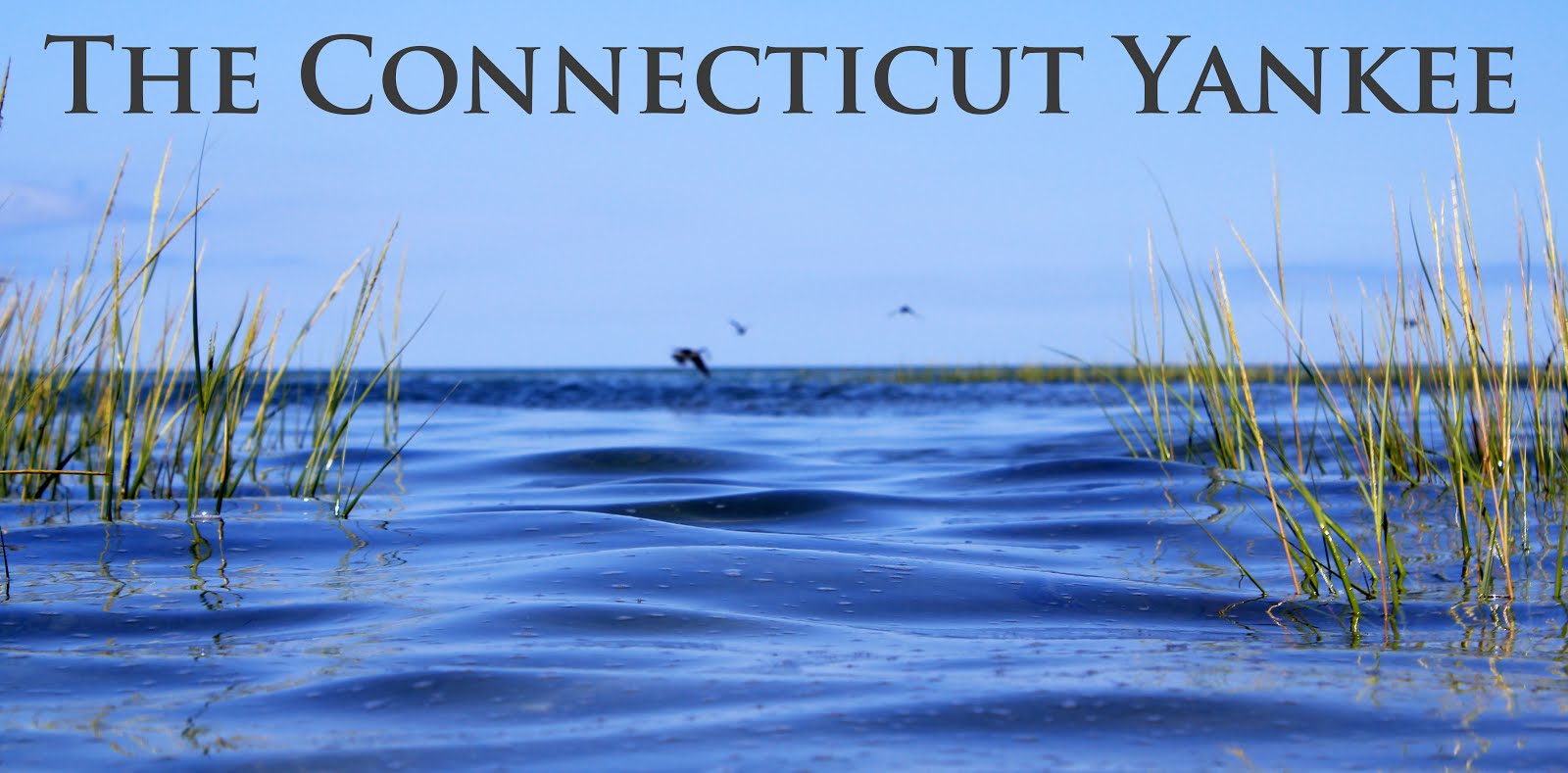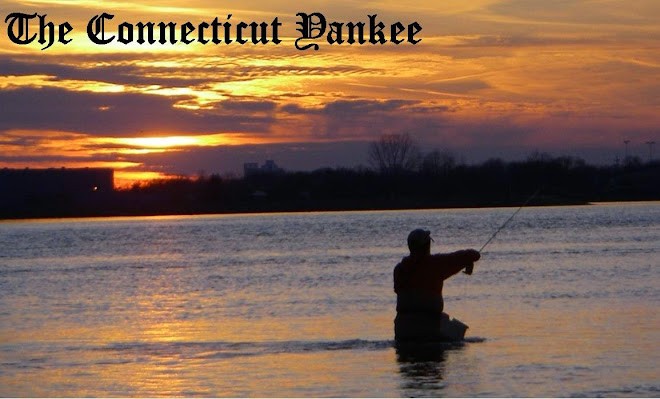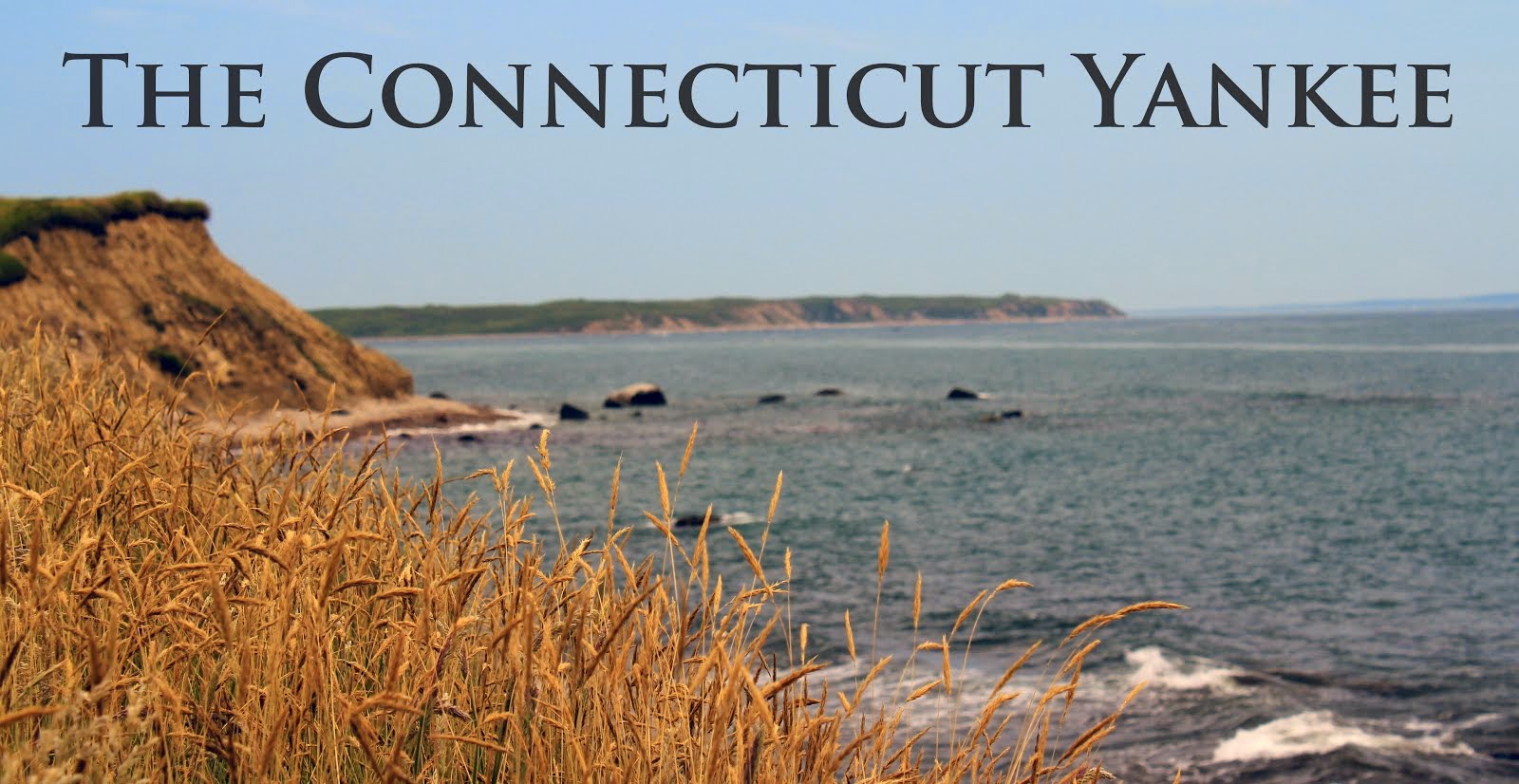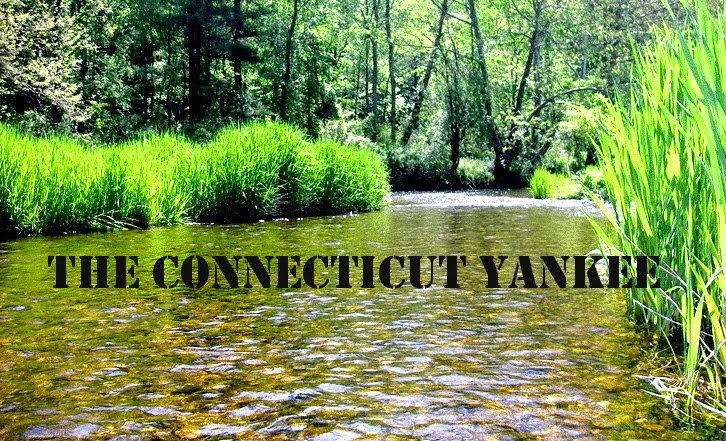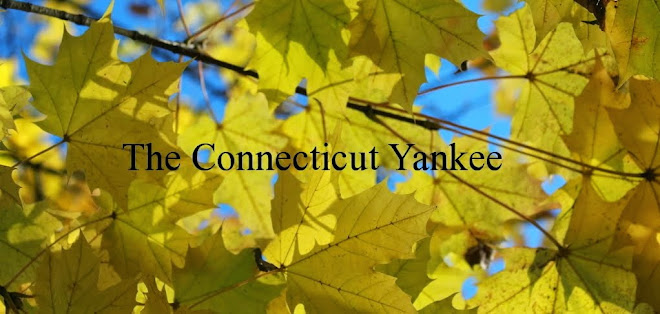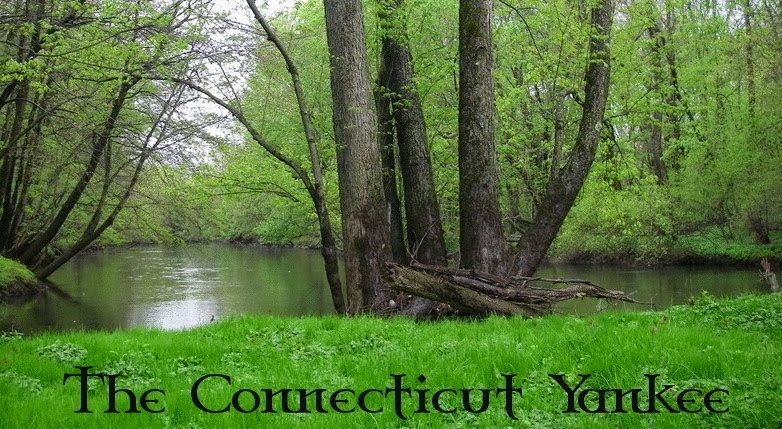This is the second part of a November fishing trip to Great Lake tributaries in western New York. You can read part I here.
Small Water, Big Fish.
While fly fishing was the central theme of our trip, good food, laughs and relaxation were in no short supply throughout. At the close of each day, we hung out where Oak Orchard Creek poured into Lake Ontario. On a rock jetty flanking the mouth of the river, Tommy put in a solid effort in coaxing any fresh fish coming in from the lake. It was an awesome place to down a few beers while watching the sunset over a body of water so massive it was hard to comprehend.
 |
| A beautiful sky over the 14th largest lake in the world. |
Each night back at headquarters a different member of the group was responsible for a home-cooked meal ranging from freshly caught tautog to Hungarian goulash. After dinner we sat around the table replenishing fly boxes with sucker spawn patterns that worked best that day. Losing several flies per outing was inevitable due to the craggy stream bottom, foul-hooking King salmon, and getting busted off by pissed steelhead. Brown liquor flowed liberally around the table as well, which seemed to mesh perfectly with the cool-weather fishing trip.
 |
| The meal Tommy prepared was fresh tautog (blackfish) that he caught while spear fishing in Rhode Island. |
On the fishing front, we had our fill of Oak Orchard Creek after two long days and a third morning. The action was fantastic at times, but beating the same stretch of water into a froth with anglers on all sides grew old quick. We had thrown around the idea of scouting smaller tributaries of Lake Ontario, however it was a roll of the dice that they would be loaded with trout. A good rain and decent flow were usually in order for lots of fish to run up the smaller creeks. It had not rained a drop during our stay, but we learned that what came before our arrival was enough for some very large trout to wander in a nearby stream not wider than a one-way street.
About mid-morning on our third day of fishing, we pulled over next to a bridge and got out to have a look. The fish gods were smiling down on us because there was a fly angler tight to one of the biggest brown trout I had ever seen in my life. We all scurried to the trucks to grab our gear knowing where we would be spending the remainder of our trip. It had been four years since I laid eyes on this creek and not much was happening that time around and we were all looking forward to plying new water with a crack at quality trout.

Despite the small group of anglers killing it at the bridge, upstream was virtually empty, which was a welcomed change the mob scene of the previous two days. The water was much more clear and shallow here compared to the Oak, so sight-fishing played a big role on this leg of the trip when the sun was high enough to aid us. There were not nearly as many salmon present, but we found a healthy amount of paired up brown trout preparing to spawn.
 |
| The good flow and water clarity allowed for excellent sight-fishing opportunities. |

We began drifting egg patterns and hooking up with some very impressive specimen. It was mostly all brown trout for the next two days--only a couple of salmon were hooked and not one steelhead was seen. What lacked in variety was certainly made up in size. The average brown was larger than anything we encountered at Oak Orchard. The quality of trout was also much better too because there was so much less angling pressure. Their mouths had less hook marks and there weren't flies dangling from their fins. In the smaller stream with less anglers to avoid, netting fish was slightly easier here as well, though there were instances when big trout ran down rapids with an angler and net-man frantically chasing in tow.
All of these huge fish also tested our gear. One of our two nets succumbed to the weight with a snapped handle. It must have been comical to watch us using it like a basket for the rest of the trip, but we made it work. Even more ridiculous was when the top half of my 8-weight fly rod snapped like a twig on the biggest trout I had ever hooked. My friends got a hardy laugh as I continued to fight and land the beast with the broken rod. To make matters worse, I had left my backup rod at the cabin (horrible decision). Tommy let me borrow his truck and I was pulled over on the side of the highway within 20 minutes. To make matters worse, my wallet was in Aaron's vehicle, but the state trooper seemed to believe my story because I was donning wet waders and there was a broken rod in the shotgun seat. That didn't keep him from slapping me with a hefty ticket, though it made for a good stream-side story when I finally returned.
 |
| My rod-breaking, speeding-ticket-causing brown trout. |
 |
| Kurt with a King salmon in good condition. |
 |
| Aaron with a beautiful hen that is dropping one of her eggs in this photo. |
 |
| There were a few double hookups, including this beautiful pair of kype-jawed males. |
 |
| This 14-pound male brown was the heaviest of the trip and deserved a (nearly complete) group shot. |
At times the small creek fishing felt like Disneyland for trout bums. It was hard to believe that there were fish so large in a waterway so small. Everyone in the crew got to experience the feeling of hooking and landing a monster brown. The small tributary scouting turned out to be the best decision made over the course of the trip and I'm sure it will play a role in fall planning for years to come.
We left early on Sunday without casting a fly, even though it was the nicest day weather-wise of the trip. It was a long haul back to Connecticut, but we all were riding high on adrenaline. In the end, the excursion to western New York was truly a memorable one. Five buddies with nothing on the agenda but to fish, eat and drink--good times indeed!
 |
Some broken gear, a speeding ticket and a boatload of memories were what we left western New York with.
|































































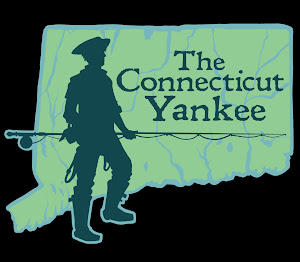









.jpg)

